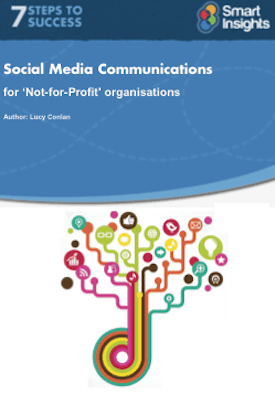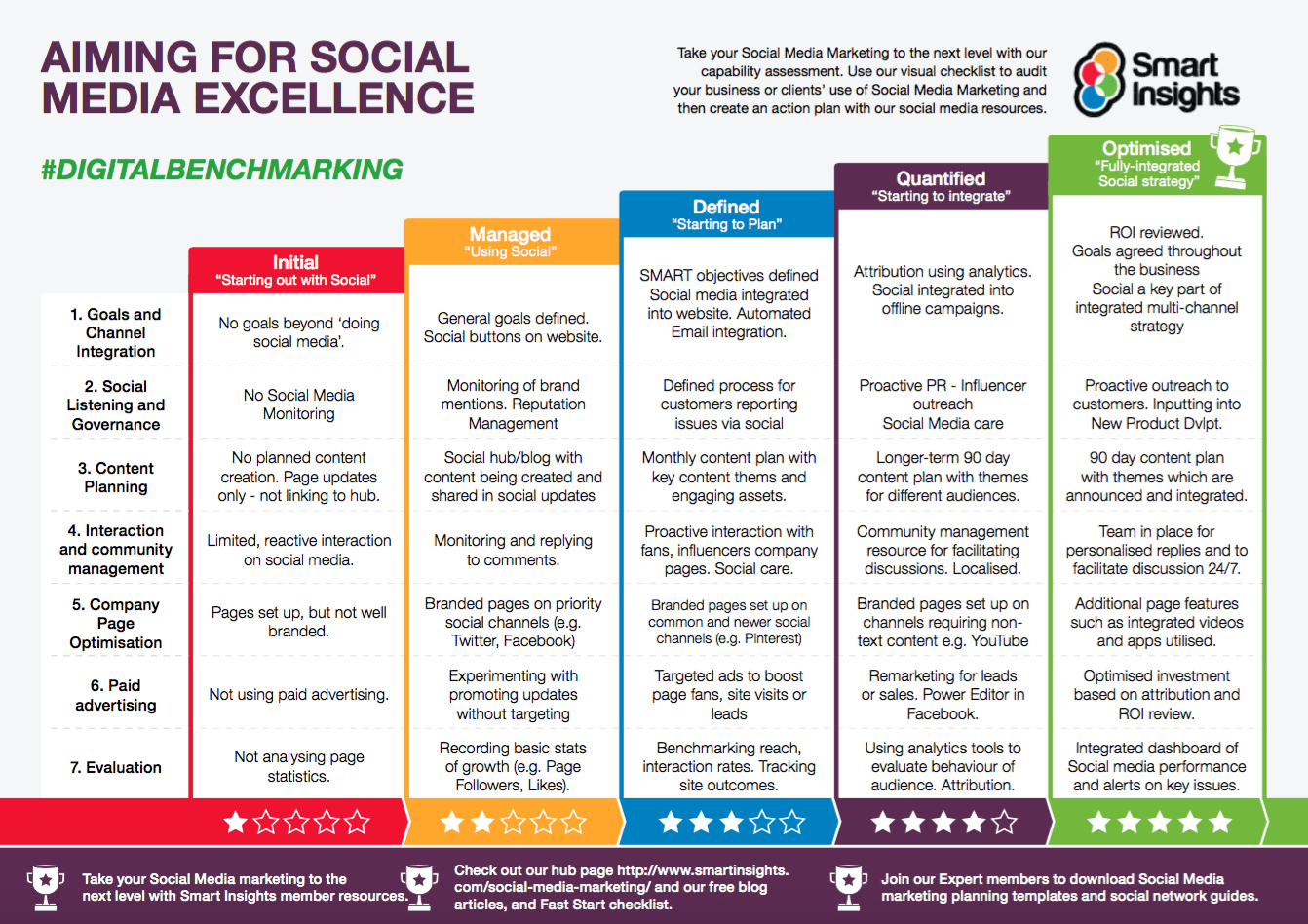Overcoming objections to use of social media in not-for-profit organisations
Social media can be beguiling, stimulating, addictive, confusing and at times downright frustrating. In my experience, Not for Profits, like commercial organisations, are still grappling with how much valuable staff time and resource should be deployed to this burgeoning and proliferating media.
In order to fully embrace and capitalise on social media often objections, real or perceived, need to be overcome to win over internal stakeholders. Common concerns include:
- Suppose people post negative comments about us?
- How can we control it?
- Do we need 24/7 resourcing?
- How can we prove that it works?
- Isn’t this distracting us from the important work we’re doing?
- Do we have enough content to be able to have a credible presence?
Although charities face the same challenges of many other professional organisations, they do have some distinct advantages:
- Source of truth and integrity: Trust as we all know is very important online and, like all digital users, social media audiences appreciate genuine content. Charities are well-placed to serve this need by providing a reliable source of information.
- Emotive content: With the current zeitgeist for storytelling, this type of content is popular in the social media environment. Charities can draw on a rich resource of genuinely moving content to provoke a range of emotions with audiences.
- Genuine need to connect: People are at the heart of every successful charity as they need to create a meaningful dialogue with a wide range of audiences and stakeholders. Charities are dependent on interactions to deliver their services and support themselves through fundraising.Social media provides an agile and genuinely interactive way to reach out and connect with a wider pool of interested parties.
- Strong calls to action: Not for Profits have compelling calls to action including campaigning for a cause, supporting event participants or boosting of a service.
Find out more about how you can apply these benefits to make it work successfully for your organisation with Smart Insight’s guide: Social Media Communications for ‘Not for Profits, now updated for 2016.

Recommended guide: Social media for Not-for-Profit organisations.
This guide gives recommendations on best practices for charities and other not-for-profit organisations to use social networks to meet their objectives.
Download our Guide to social media communications for charities.
You can also review your not for profit's organisational ability to utilise social media via our social media capability review. Click on the image for an enlarged version or it's available for free use by all members as part of our series of visual digital marketing benchmarks.

So, there is much to be gained for charities to utilise social media to promote their cause successfully and promote services. However, it is imperative that social media needs to be carefully planned to serve strategic organisational aims.
In order to achieve this it should complement and integrate with other digital and traditional media sources. And, as with any other channel, careful monitoring and reporting needs to be established so that its merits can be understood and proven.
Social media is undoubtedly a potent, vibrant part of a charity’s communication mix, but the objections from stakeholders do need to be overcome and a resourced policy that commits to use of social media put in place.

Thanks to Lucy Conlan for sharing her opinions and thoughts in this blog post. Lucy has experience client-side working across key charitable and cultural organisations including British Red Cross, Help the Aged, English Heritage and the Barbican Centre.For the last five years, she has worked as an independent Consultant working with charity and arts organisations such as Landmark Trust, Crafts Council, Orbis, Tenovus and Carers Trust. Lucy has a passion for planning and executing campaigns. You can connect with her on
LinkedIn or via
Twitter.





 Thanks to Lucy Conlan for sharing her opinions and thoughts in this blog post. Lucy has experience client-side working across key charitable and cultural organisations including British Red Cross, Help the Aged, English Heritage and the Barbican Centre.For the last five years, she has worked as an independent Consultant working with charity and arts organisations such as Landmark Trust, Crafts Council, Orbis, Tenovus and Carers Trust. Lucy has a passion for planning and executing campaigns. You can connect with her on
Thanks to Lucy Conlan for sharing her opinions and thoughts in this blog post. Lucy has experience client-side working across key charitable and cultural organisations including British Red Cross, Help the Aged, English Heritage and the Barbican Centre.For the last five years, she has worked as an independent Consultant working with charity and arts organisations such as Landmark Trust, Crafts Council, Orbis, Tenovus and Carers Trust. Lucy has a passion for planning and executing campaigns. You can connect with her on 


